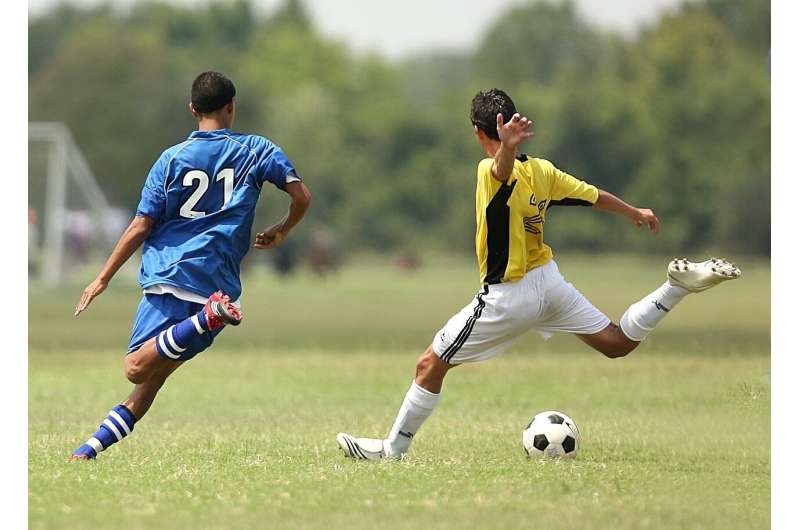Groin pain can have various causes, and one potential culprit is a sports hernia. This blog post explores the symptoms, diagnosis, and treatment of sports hernias, a type of core muscle injury that affects many athletes. Learn about the differences between sports hernias and other common conditions like hip impingement and hip adductor injuries that can also lead to groin pain.

Understanding Sports Hernias
A sports hernia is a common term for a groin muscle injury or abdominal wall strain. This is an injury to the muscles of the lower abdomen as well as tendons that attach the muscle to the pelvis. Although they are located in a similar area as an inguinal hernia, the intestine is not bulging into this weak spot of the abdominal wall. Patients who have a sports hernia often experience pain in the abdomen or groin, which can also radiate down to the inner thigh.
Most typically, this occurs with athletes who perform sports that require a lot of side to side movement like hockey, soccer, tennis and football. Sports hernias are more common in males than females. The diagnosis of this condition is usually based on a physical exam, together with other imaging tests like MRI or ultrasound, and sometimes diagnostic injections to differentiate the pain from another type of injury.
Treatments for Sports Hernias
Commonly, if one is diagnosed with a sports hernia physical therapy is initiated as first line treatment. Surgery may be recommended for cases that fail to respond to conservative treatment. As with regular hernia surgery, a mesh is inserted as a reinforcement under the region of weakness or tear to facilitate scar tissue growth and healing while easing pain.
Most of the repairs can be done by means of either an open or a laparoscopic, minimally invasive approach. Sports hernias are one of the top three groin/abdominal conditions in young athletes — along with hip impingement and specifically adductor-related pain due to muscle injury. There are a variety of nonsurgical and surgical treatments available, depending on how serious the condition is;
Sports Hernias vs Other Conditions
Hip impingement (a condition in which the ball and socket of the hip joint don’t fit together quite right, leading to loss of internal rotation and causing pain deep in the groin area). It also might produce pain in the groin, due to hip adductor problems (tendinopathy and strains).
Nonsurgical treatments, including activity modification or physical therapy and injections are typically used first for mild to moderate cases of these conditions. When more severe or persistent injuries arise, surgical options are then considered such as arthroscopic means or alternatively adductor release surgeries.
Given the large number of conditions that can manifest as groin pain, it is critical to see a healthcare provider who can make an accurate diagnosis and present you with the right treatment plan. When a sports hernia is happening, it resembles other widespread sports-related injuries, but by this knowing precisely what to look for can help athletes take care of their state and come back on the field or court as soon as conceivable.
